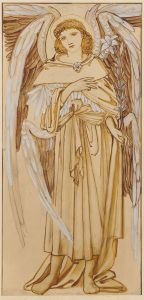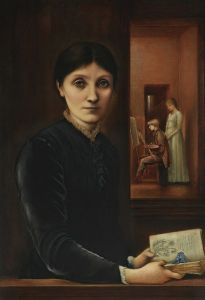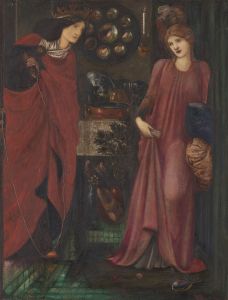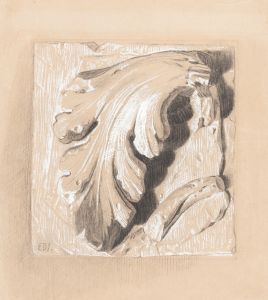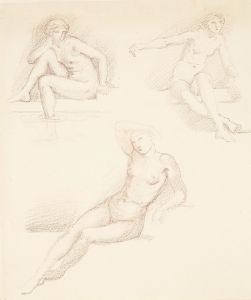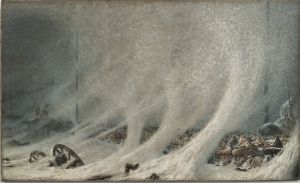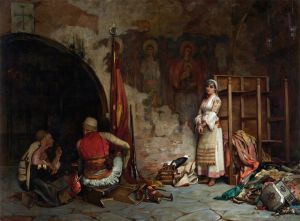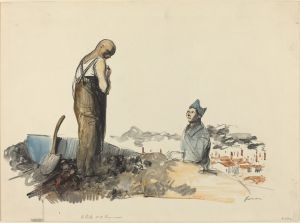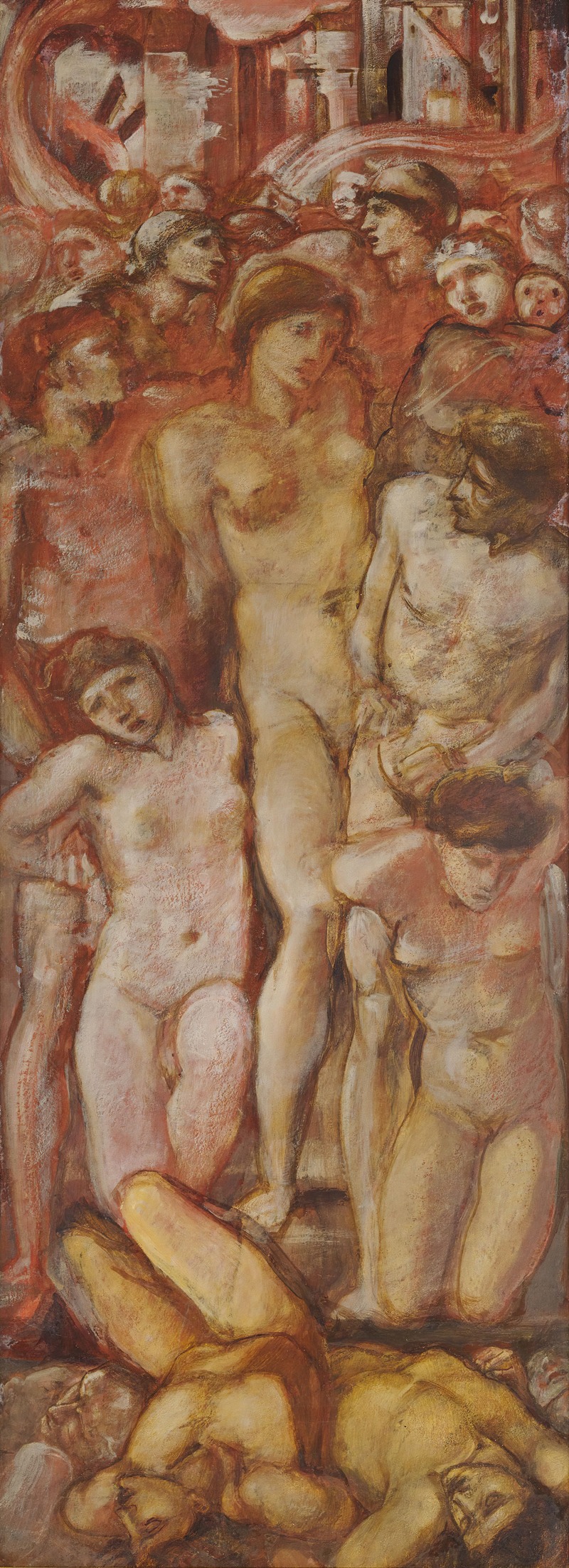
Helen Captive in Burning Troy
A hand-painted replica of Sir Edward Coley Burne-Jones’s masterpiece Helen Captive in Burning Troy, meticulously crafted by professional artists to capture the true essence of the original. Each piece is created with museum-quality canvas and rare mineral pigments, carefully painted by experienced artists with delicate brushstrokes and rich, layered colors to perfectly recreate the texture of the original artwork. Unlike machine-printed reproductions, this hand-painted version brings the painting to life, infused with the artist’s emotions and skill in every stroke. Whether for personal collection or home decoration, it instantly elevates the artistic atmosphere of any space.
"Helen Captive in Burning Troy" is a painting by the British artist Sir Edward Coley Burne-Jones, a prominent figure in the Pre-Raphaelite movement. The artwork, created in 1886, depicts a dramatic and poignant moment from classical mythology, focusing on Helen of Troy, a central figure in the Trojan War narrative. Burne-Jones was known for his fascination with mythological and literary themes, and this painting reflects his interest in exploring the emotional and symbolic dimensions of such stories.
The painting portrays Helen of Troy, often described in literature as the most beautiful woman in the world, in a moment of captivity amidst the destruction of Troy. The city is shown engulfed in flames, symbolizing the catastrophic consequences of the war that her abduction by Paris had helped to ignite. Burne-Jones's depiction of Helen emphasizes her isolation and vulnerability, contrasting her legendary beauty with the chaos and devastation surrounding her. The artist's use of muted tones and intricate details enhances the emotional intensity of the scene.
Burne-Jones was heavily influenced by medieval art, as well as the works of the Italian Renaissance, and these influences are evident in the composition and style of "Helen Captive in Burning Troy." The painting demonstrates his characteristic attention to detail, particularly in the rendering of Helen's expression and the intricate patterns of her clothing. The background, with its fiery hues and architectural elements, reflects his skill in creating atmospheric settings that evoke a sense of timelessness.
The painting was part of Burne-Jones's broader body of work that often drew upon themes from classical mythology, Arthurian legend, and other literary sources. His art was closely associated with the Aesthetic Movement, which emphasized beauty and emotional resonance over narrative clarity. "Helen Captive in Burning Troy" exemplifies this approach, as it focuses more on the mood and symbolism of the scene rather than providing a literal or detailed account of the mythological events.
Today, the painting is recognized as an important example of Burne-Jones's contribution to 19th-century British art. It reflects his ability to reinterpret classical themes through the lens of Pre-Raphaelite ideals, blending beauty, emotion, and storytelling in a way that continues to captivate viewers. The current location of the painting is not widely documented, and further details about its provenance remain limited.





